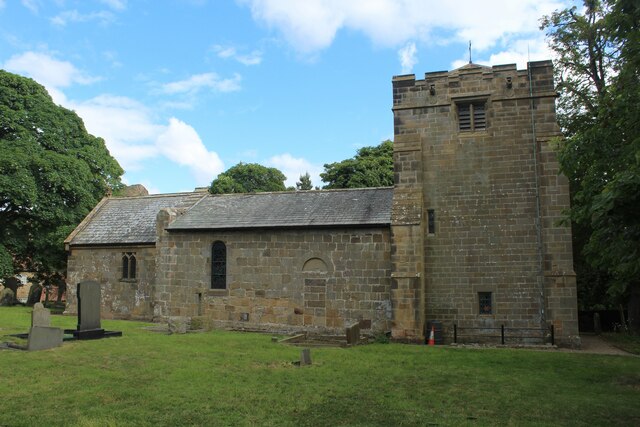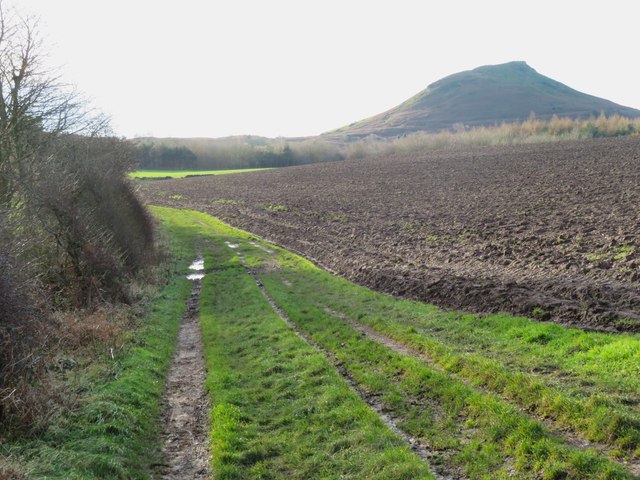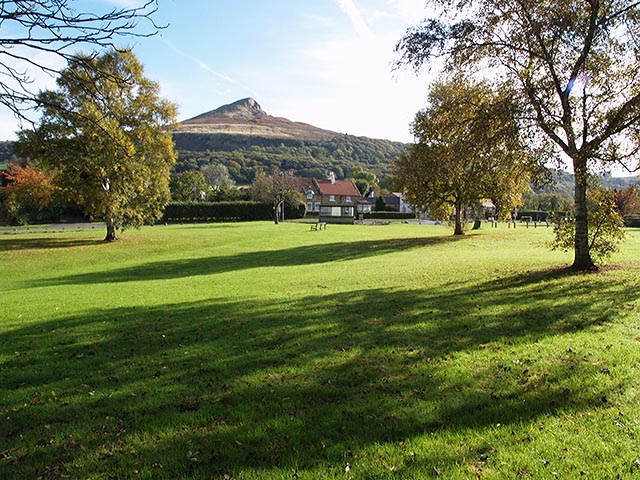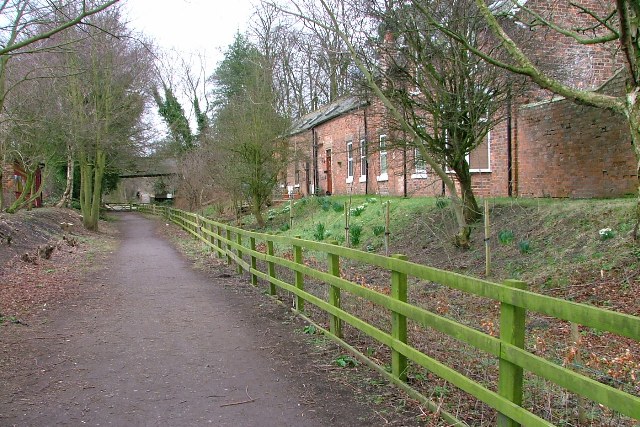Newton under Roseberry
Settlement in Yorkshire
England
Newton under Roseberry

Newton under Roseberry is a picturesque village located in the North Yorkshire Moors National Park, in the northern part of England. Situated at the foot of Roseberry Topping, an iconic hill that offers breathtaking views of the surrounding countryside, this village attracts visitors with its natural beauty and tranquil atmosphere.
The village itself is small and quaint, with traditional stone-built houses and well-maintained gardens. It has a close-knit community, and residents take pride in preserving the village's heritage and charm. The local church, St. Oswald's, is a focal point of the community and dates back to the 12th century, featuring beautiful stained glass windows and impressive architecture.
Nature lovers are drawn to Newton under Roseberry due to its proximity to the stunning North York Moors. The area offers a plethora of walking and hiking trails, allowing visitors to explore the diverse flora and fauna of the region. The highlight for many is the ascent of Roseberry Topping, a distinctive hill that stands at 1,049 feet and offers panoramic views of the North York Moors and the North Sea.
For those seeking cultural experiences, nearby towns such as Great Ayton and Guisborough offer historical landmarks and attractions. Great Ayton is particularly significant as it was the childhood home of Captain James Cook, the renowned explorer. Visitors can explore the Captain Cook Schoolroom Museum or take a stroll along the River Leven, which runs through the village.
In conclusion, Newton under Roseberry is a charming village nestled in the North Yorkshire Moors, providing visitors with a peaceful retreat and access to stunning natural landscapes.
If you have any feedback on the listing, please let us know in the comments section below.
Newton under Roseberry Images
Images are sourced within 2km of 54.511241/-1.121639 or Grid Reference NZ5613. Thanks to Geograph Open Source API. All images are credited.






Newton under Roseberry is located at Grid Ref: NZ5613 (Lat: 54.511241, Lng: -1.121639)
Division: North Riding
Unitary Authority: Redcar and Cleveland
Police Authority: Cleveland
What 3 Words
///breezy.sobbed.crypt. Near Great Ayton, North Yorkshire
Nearby Locations
Related Wikis
Newton under Roseberry
Newton under Roseberry is a village in the borough of Redcar and Cleveland and the ceremonial county of North Yorkshire, England. It is on the A173, between...
Roseberry Topping
Roseberry Topping is a distinctive hill in North Yorkshire, England. It is situated near Great Ayton and Newton under Roseberry. Its summit has a distinctive...
Langbaurgh Ridge
Langbaurgh Ridge (grid reference NZ560121) is an 8.0 hectare geological Site of Special Scientific Interest near the hamlet of Langbaurgh in North Yorkshire...
Cleveland, Yorkshire
Cleveland is a land of hills and dales from the River Tees to Vale of Pickering, England. The name means “cliff-land”. The area corresponds to the former...
Roseberry Mine
Roseberry Mine was an ironstone mine in the North Riding of Yorkshire, England, which operated between 1883 and 1924, with a break of 24 years. Both periods...
Langbaurgh, North Yorkshire
Langbaurgh is a hamlet in the civil parish of Great Ayton in North Yorkshire, England. The place gave its name to the Langbaurgh Wapentake.Langbaurgh Hall...
Roseberry Parkway railway station
Roseberry Parkway railway station (also known as Nunthorpe Parkway) is a proposed railway station which would be between Nunthorpe and Great Ayton railway...
Pinchinthorpe railway station
Pinchinthorpe railway station was a railway station on the Middlesbrough and Guisborough Railway (M&GR). It was opened on 25 February 1854 and closed in...
Nearby Amenities
Located within 500m of 54.511241,-1.121639Have you been to Newton under Roseberry?
Leave your review of Newton under Roseberry below (or comments, questions and feedback).


















